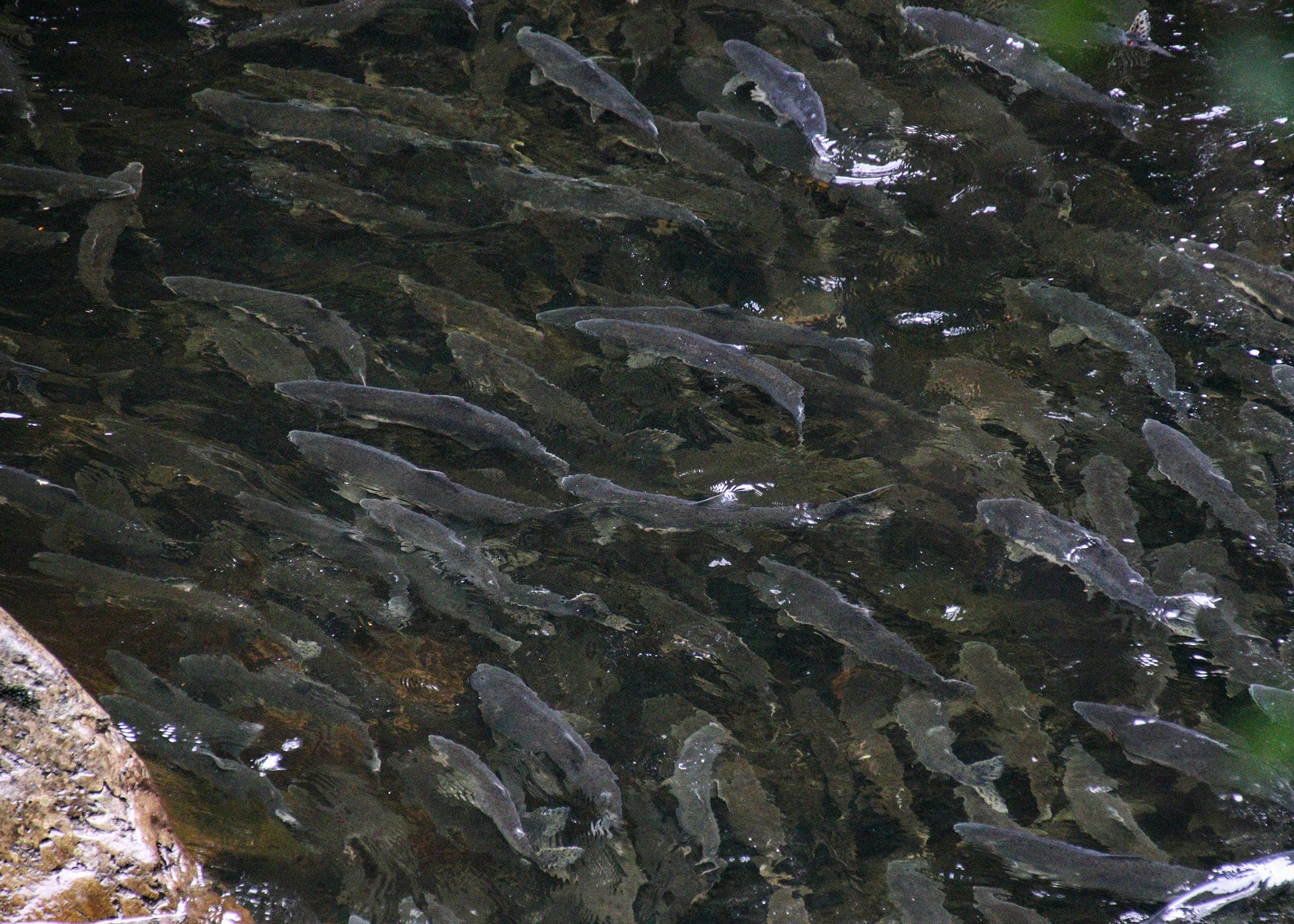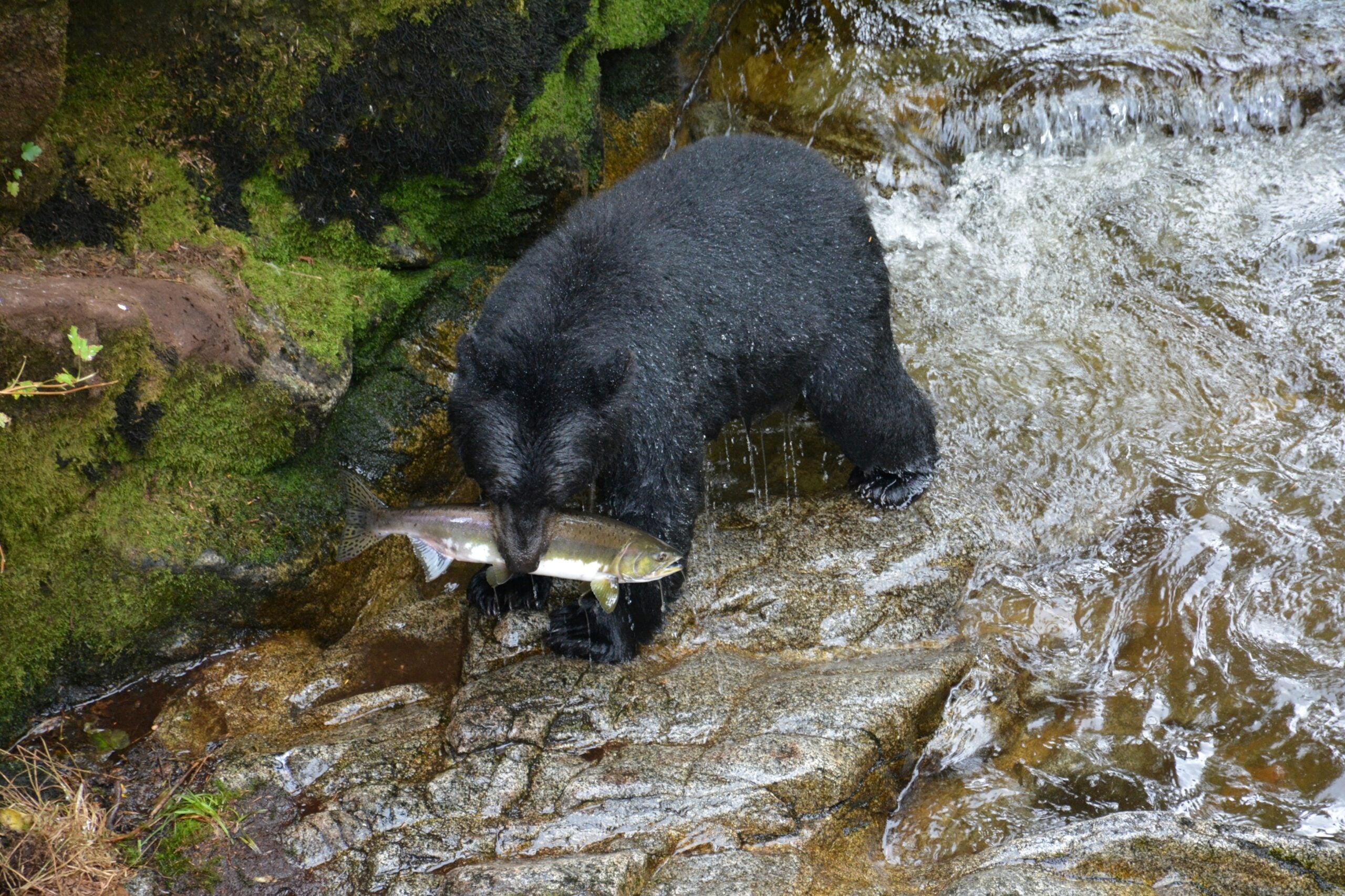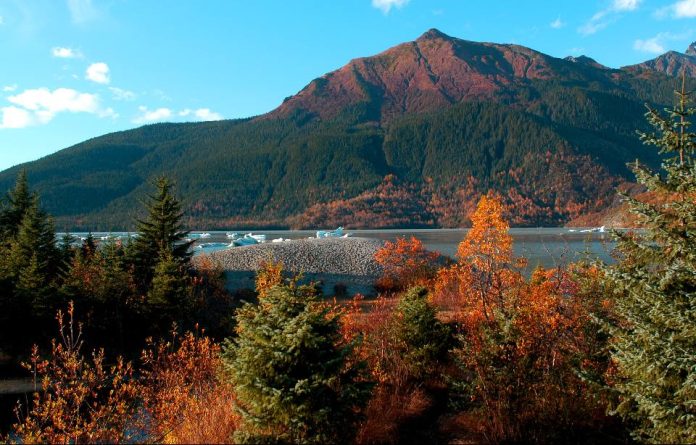On Wednesday, the United States Department of Agriculture (USDA) finalized a rule that will ban logging and road construction on more than nine million acres of public land in Alaska. The contested decision applies to an area within the Tongass National Forest—the nation’s largest national forest, which sits in the southeastern part of the state. The newly-protected area, commonly known as the “roadless area”, is home to a pristine wilderness that’s widely heralded as a hunting and fishing mecca. But it also harbors valuable old-growth timber and the type of rare earth minerals that are highly sought after by mining companies around the world.
“The Tongass National Forest [is] the world’s largest intact temperate rainforest,” the USDA wrote in a statement. “USDA’s final rule … repeals the 2020 Alaska Roadless Rule and restores longstanding roadless protections to 9.37 million acres of roadless areas that support the ecological, economic and cultural values of Southeastern Alaska.”
The recent decision is part of a prolonged struggle for control over the Tongass that dates back to 2001, when a nationwide provision—known as the “Roadless Rule“—initially prohibited road construction and large scale commercial timber harvest throughout 9 million acres of the Tongass. The Roadless Rule applies to some 58 million acres of federal land in the United States or 31% of the entire National Forest System. In October 2020, during the Trump Administration, the Tongass was exempted from the 2001 Roadless Rule, and road building restrictions were removed from about 50 percent of the forest’s 16.7 million acres.

The Trump-era reversal was applauded by some Alaskan politicians at the time, including Sen. Lisa Murkowski and Gov. Mike Dunleavy. Both Murkowski and Dunleavy have voiced strong opposition to the Biden Administration’s decision to reinstate roadless area protections in the Tongass.
“The Roadless Rule should never have applied to the Tongass, and the Biden administration’s decision to reinstate it is federal paternalism at its worst,” Murkowski said in a recent statement. “With this decision, the Biden administration is turning the Tongass into a political football, where access changes with each new President and creates whiplash for those who might want to invest or build in Southeast Alaska.”
In a January 25 tweet, Gov. Dunleavey echoed Murkowski’s sentiments, calling the ruling “a huge loss for Alaskans” that “treats human beings within a working forest like an invasive species.”

According to the USDA, the decision to restore roadless protections is rooted in extensive engagement with local tribes and rural communities in southeast Alaska—where the Tongass serves as a primary driver for both local subsistence cultures and a thriving recreational tourism economy. The United States Forest Service (USFS), fielded roughly 112,000 comment documents from individuals and organizations during a public comment period that ran from November 2021 to January 2022. The majority of those comments expressed support for the restoration of roadless protections in the Tongass, the USDA said.
Backcountry Hunters & Anglers (BHA) is one of multiple hunting and angling-focused groups that supports roadless protections in the Tongass. “Alaska hunters, anglers, Tribal Nations, outdoor recreationists, business owners, and community members have collectively stepped up to support conserving the Tongass’s unique backcountry roadless areas,” said BHA Vice President of Policy and Government Relations John Gale in a press release issued on Wednesday. “Of the 1.6 million comments submitted by Alaskans and others during the original [2001] roadless rulemaking process, 95 percent supported strong roadless area protections.”
Read Next: Utah to Implement Emergency Feeding Plan Due to Deep Snow and Poor Deer Health
BHA said that the inventoried roadless areas within the Tongass provide critical habitat for sought-after game species like salmon, Sitka-blacktail deer, mountain goats, and both black and brown bears.
“The Tongass National Forest is one of the world’s largest salmon spawning areas, and its importance must not be understated,” said BHA Alaska Coordinator James Majetich. “Many Alaskans rely on the hunting and fishing opportunities it provides in order to continue their subsistence way of life. The USDA rule reinstating roadless area protections in the Tongass keeps an irreplaceable habitat for wildlife and Alaskans intact, and Alaska BHA is pleased with the administration’s decision to implement it.”








